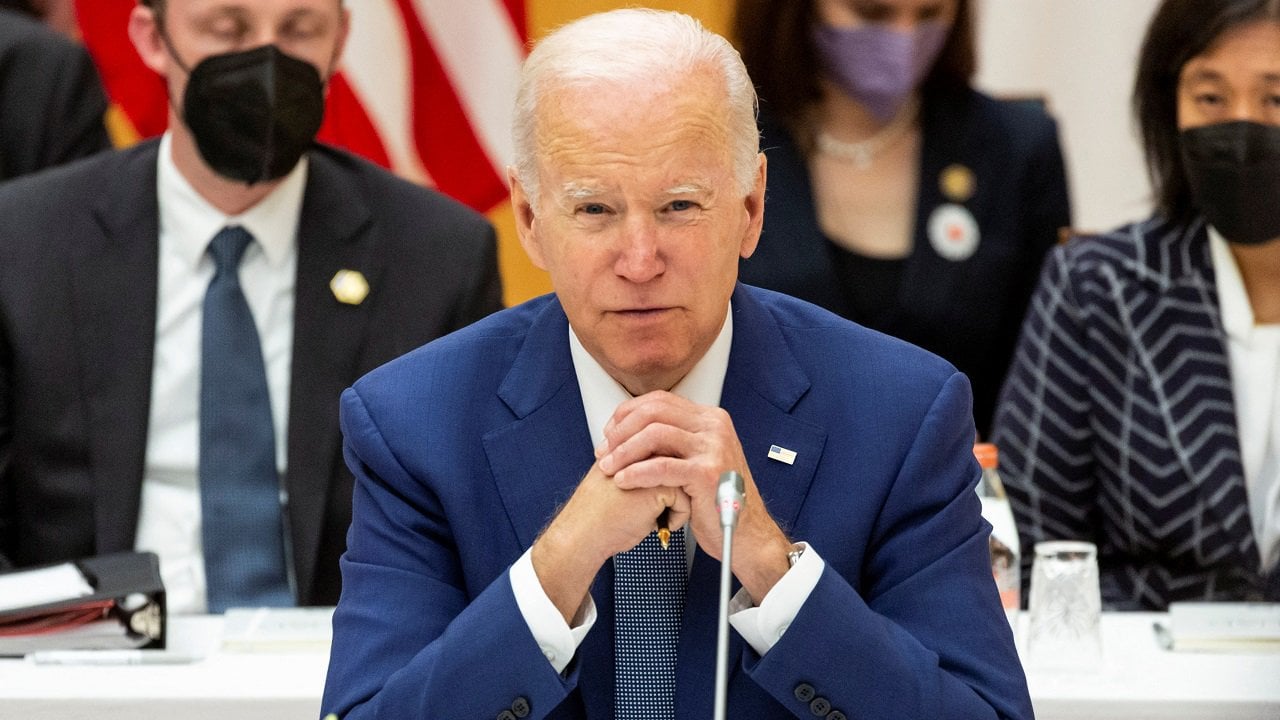What Will Biden Do On Student Loans, And How Will It Affect the Economy? – New figures revealed this week how Biden’s Department of Education approved $8.1 billion in student loan debt cancellation for 145,000 borrowers in the nine months since the reform of the public service loan forgiveness program – a story that raises questions about the president’s past promise to implement a widespread forgiveness program.
While progressive Democrats and borrowers eagerly await an announcement from the president sometime this year, many concerned taxpayers also want to know how much it will cost them and the impact the move could have on the economy.
Students Haven’t Paid for 2 Years Already
Technically, student loan forgiveness has already started. Not only has the Biden White House forgiven more than $8 billion in student loan debt since taking office, but borrowers who don’t qualify for forgiveness programs currently in place have not been required to pay their debt since March 2020.
What started as a program designed to relieve financial pressure on borrowers during the early days of the COVID-19 pandemic has become an extended policy designed to lessen the impact of rising inflation, with the student loan pause extended until the end of summer this year.
President Joe Biden announced the extension in April, noting that the country is “still recovering from the pandemic and the unprecedented economic disruption it caused.” The president cited an analysis of data from the Federal Reserve that suggested millions of borrowers would experience “significant economic hardship” and delinquencies if the pause was not extended.
New data from the Department of Education also revealed this month that an additional 45,000 public sector workers have seen their student loan debt wiped in recent months.
Under the Public Service Loan Forgiveness program, federal student loan debt owed by non-profit and government workers is wiped after 10 years of monthly payments.
What Is Biden Planning?
No additional information about the president’s plans to wipe out student loan debt has been released since our last report in April. Earlier this year, President Joe Biden said he was “taking a hard look” at canceling some federal student loan debt for all borrowers. Biden promised a decision sometime over the coming month in April – but since then, the Russian invasion of Ukraine, rising inflation, and historically-high gas prices appear to have taken over the White House’s list of priorities.
During the 2020 presidential campaign, Biden promised to “immediately cancel” at least $10,000 of federal student loan debt per person, and many people believe that the president intends to follow through on that promise.
However, progressives within his party have called on the president to go further, with New York congresswoman Alexandria Ocasio-Cortez and others pushing the president to avoid canceling “arbitrary” figures.
Student Loan Forgiveness Could Worsen Inflation
If the president goes ahead with his rumored loan forgiveness plans, analysts argue that it could worsen inflation.
According to the non-partisan Committee for a Responsible Federal Budget, canceling student loan debt would cost the government more than it would provide stimulus to borrowers. According to the analysis, every dollar spent on student loan forgiveness by the government would produce anywhere between three and 27 cents of economic activity.
If the government continues to provide stimulus in this way, demand will be driven upwards and prices will go with it.
It means that, as the government provides more stimulus, low-income households will be hurt the most by the rising cost of food, goods, and fuel.
If President Joe Biden goes ahead with student loan forgiveness, he’ll need a plan to counter increasing demand and rising prices.
Jack Buckby is a British author, counter-extremism researcher, and journalist based in New York. Reporting on the U.K., Europe, and the U.S., he works to analyze and understand left-wing and right-wing radicalization, and reports on Western governments’ approaches to the pressing issues of today. His books and research papers explore these themes and propose pragmatic solutions to our increasingly polarized society.

